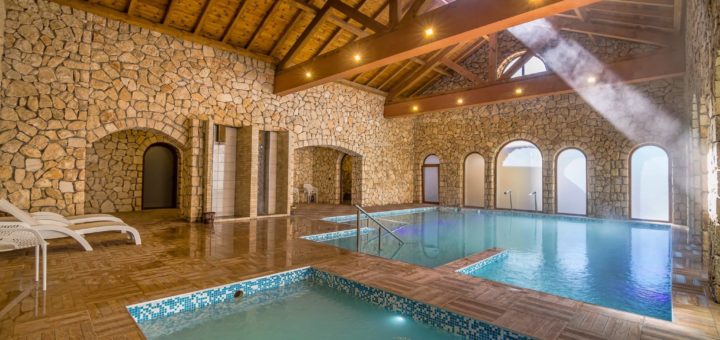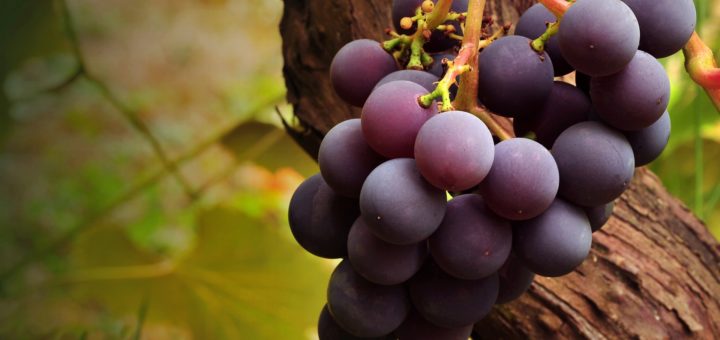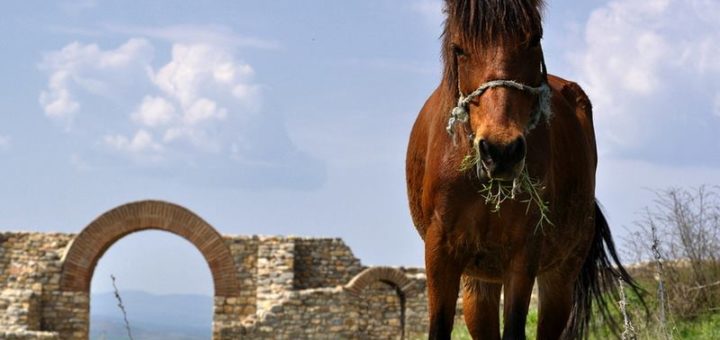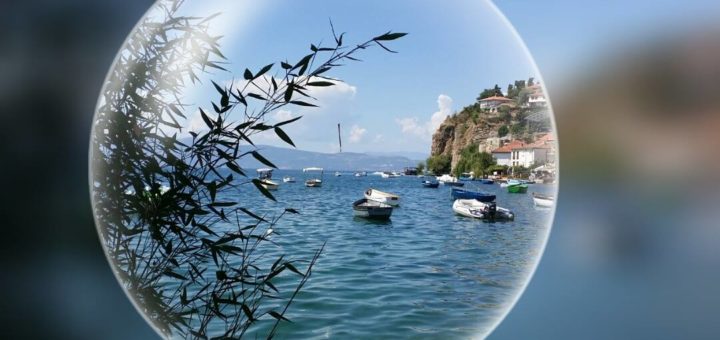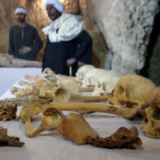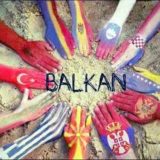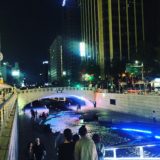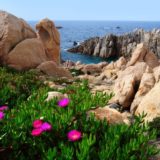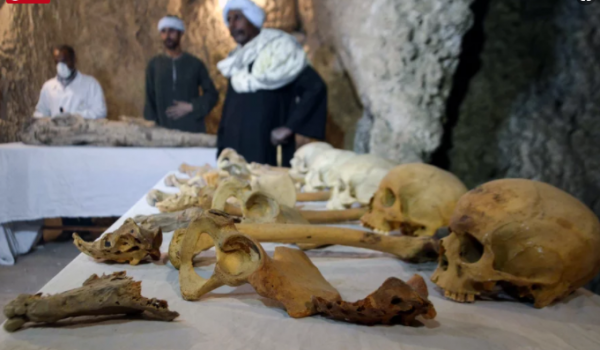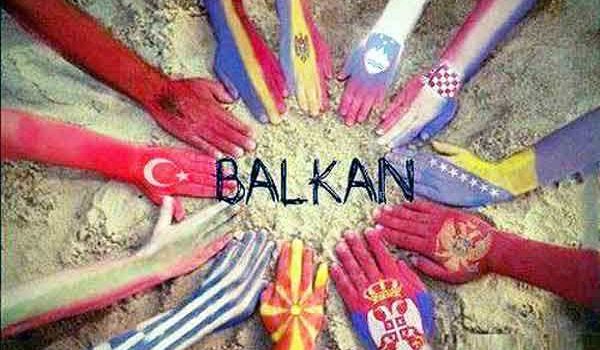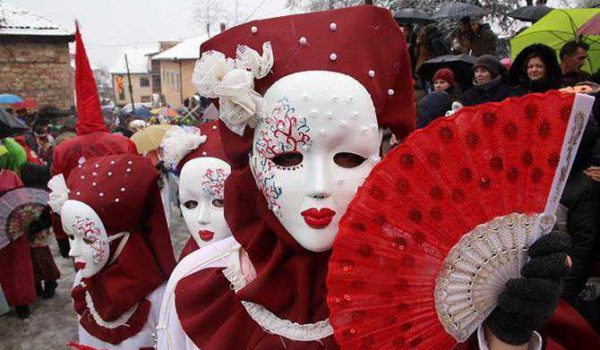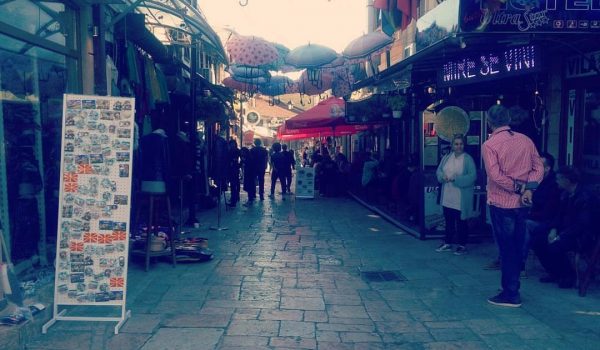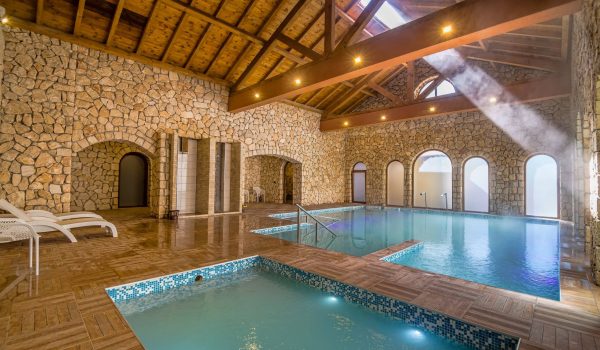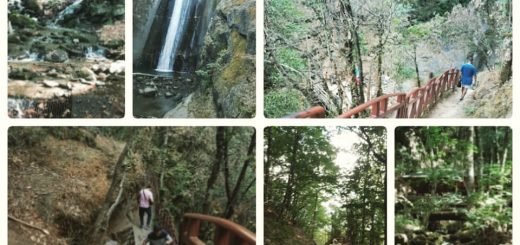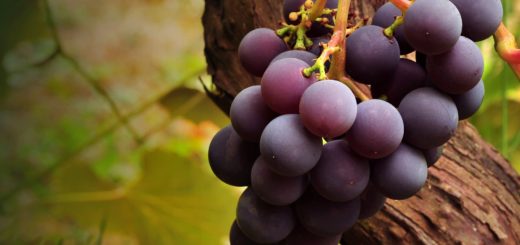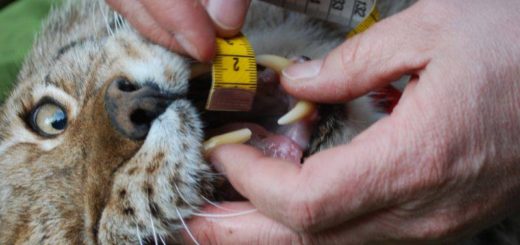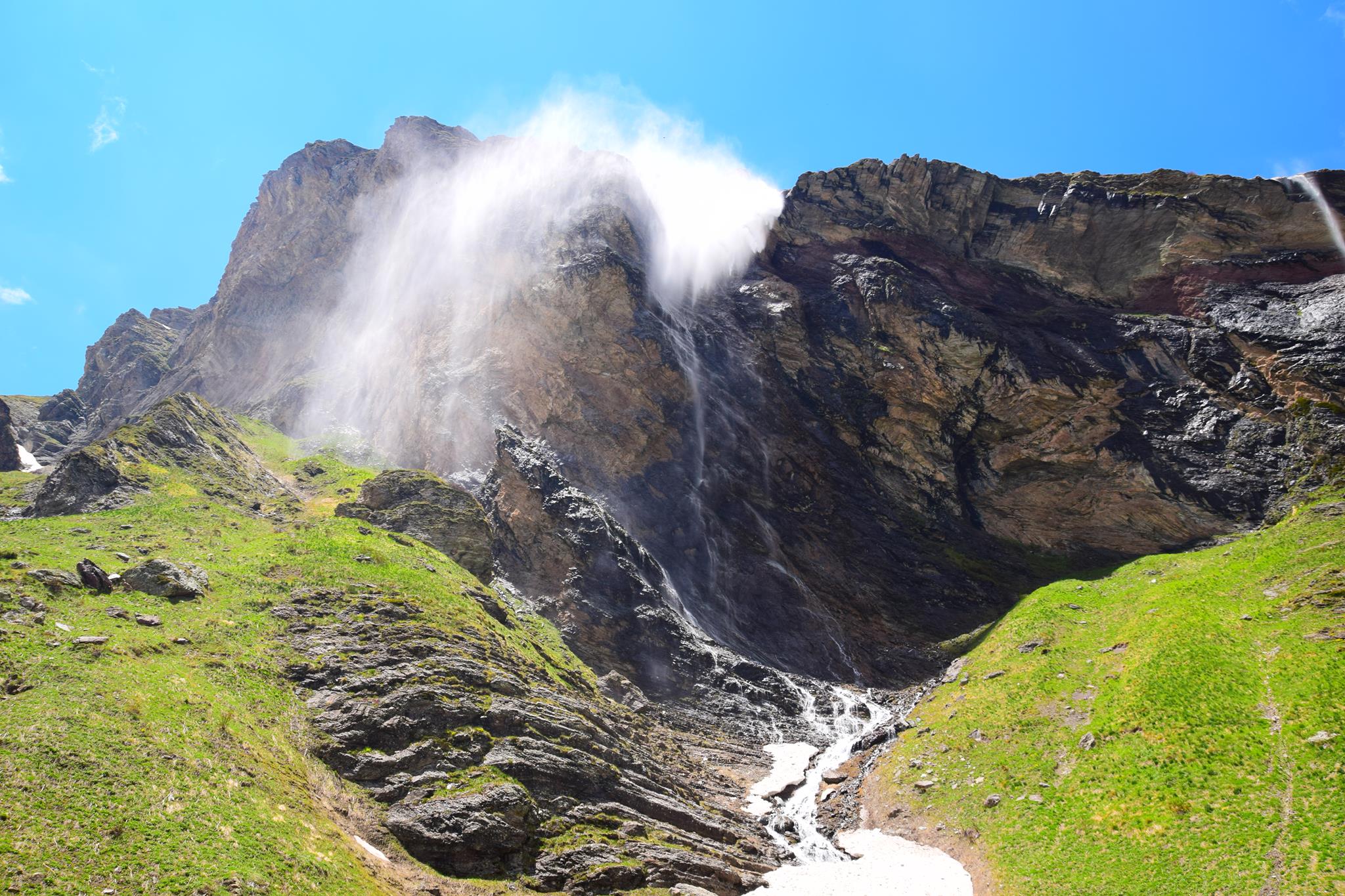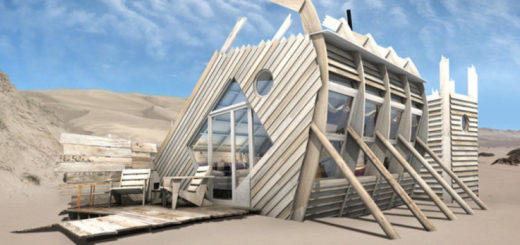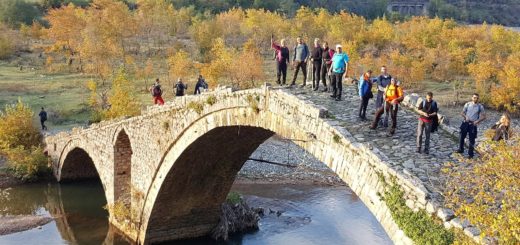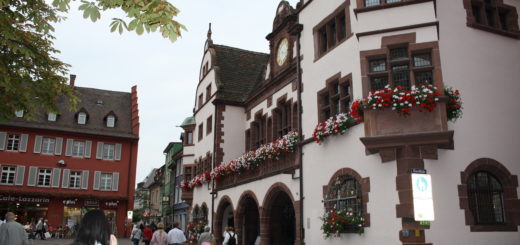Category: English edition
The water rich in minerals is rarity in Europe and offers big opportunities for development of the spa tourism, but also a chance to build modern beauty and relaxation centers next to the natural healing sites. The healing power of the waters on this piece of land has been used since ancient times. The Romans enjoyed the benefits of the water’s healing power, and the Ottoman Turks built baths where Pashas and their wives enjoyed. Remains of those baths still exists, and some of them are still used for relaxation and pleasure. The country has 64 springs with different water temperature, between 20-72 degrees. The waters are rich in sulphur, phosphorus, arsenic, iodine, bromine – elements with huge healing and physiotherapeutic features.
Each wine has its own secret story. It soaks the magic of the region where the grapes were cultivated, the warmth of the hand that gathered it, the skill of the wine maker that made the miraculous drink. The story of the Macedonian wines is cordial, friendly and colorful, since they have been cultivated in the most fertile regions bathed in the heat of the sun, in the flow of the Vardar River. Although Macedonian wines live their renaissance in the last ten years, the grapes have set their roots on this land a long time ago.
Springs with foam water, high and green forests, mountain peaks that capture you with their beauty, the ecological apples that grow at 1.200 meters above the see level, are only part of the values that Macedonian villages have. Located in mountain bosom, they are enchanting with their authentic architecture, warmth and cordiality of their hosts. Windmills where flour is still made, old bobbins, making pipes and flutes that produce the sounds of the folk songs and dances are part of the mosaic of the Macedonian villages.
Almost all Macedonian monasteries have been built in the mountains’ bosoms at places difficult to access, in areas with wonderful natural beauties, surrounded by thick forests and wide meadows.
The lake city of Ohrid is a real archeological and historical treasure. At the location of the today’s city, the city of Lichnidos existed, which in the 4th century B.C. was conquered by Philip the Second of Macedonia. In its focal point there was an ancient theatre, believed to date back in the 3rd century B.C., and in Roman times animal fights were held there. The Samuil Fortress is considered to be one of the biggest preserved fortifications in the country. For the first time it was mentioned by the historian Livy in the 3rd century B.C., when it was fortress to the city of Lichnidos. It is considered that the today’s form of the fortress dates back in the 10th century, when Ohrid, as a capital of the Macedonian Tsar Samuil, had reconstructed and strong fortresses.
About 4.000 archeological sites, thousands churches and monasteries, over 200 mosques, fifty towers and bridges are only part of the provocation necessary to visit this rare and archeologically rich country. Even 130 Early Christian basilicas have been discovered in the country at different locations. Numbers are getting even more impressive if it is known that thousands of archeological exhibits decorate the shelves of the Macedonian museums and galleries.
Macedonia is like a chest, filled with precious things, that eagerly waits to be opened. It has abundance of history and tradition dating back to the Neolith, witnessed by the numerous archeological treasures found in the earth’s womb. The Maenad from Tetovo, Adam from Govrlevo, the golden mask from Trebenishta from the 6th century B.C., the Neolithic ceramics, findings from the Bronze Age, remains of Roman buildings, as well as mosaics with precious value, are only part of the rich cultural heritage


